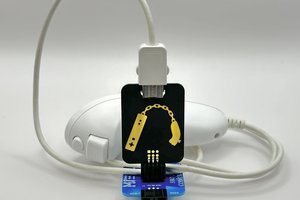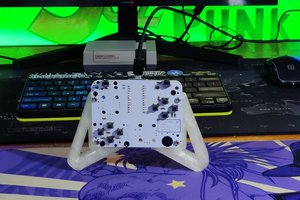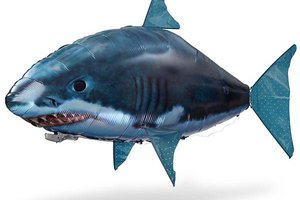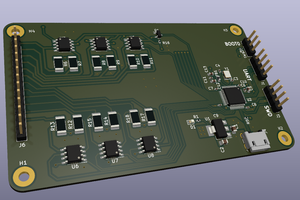OnStep is unusual in that it uses virtually no discrete components, it relies on existing low cost modules available on ebay. The modules are soldered onto a dedicated PCB, making the project ideal for those new to electronic or lazy like me (a lot less soldering and effort is required). The original designs were created with EasyEDA Designer, but as I prefer to work with KiCad and local filess, I created this project.
My version of the Smart Hand Controller can be found here: (https://www.thingiverse.com/thing:4552376). Note, my version uses the ESP32 Dev Kit 1 module (as I had a few in stock), mounted vertically on the underside of the PCB. This allow for a considerably slimmer profile for the enclosure. In addition, I only populate the main RJ12 for communication with the main controller as the second RJ12 connector (SR4) is just an auxiliary port.
I will include all schematics, footprints, symbols and 3d images for the project.
 Michael O'Toole
Michael O'Toole
 Andy Geppert
Andy Geppert
 Arnov Sharma
Arnov Sharma
 Jeroen
Jeroen